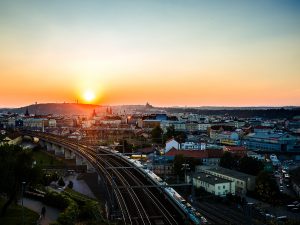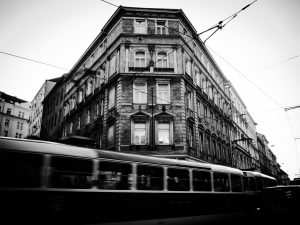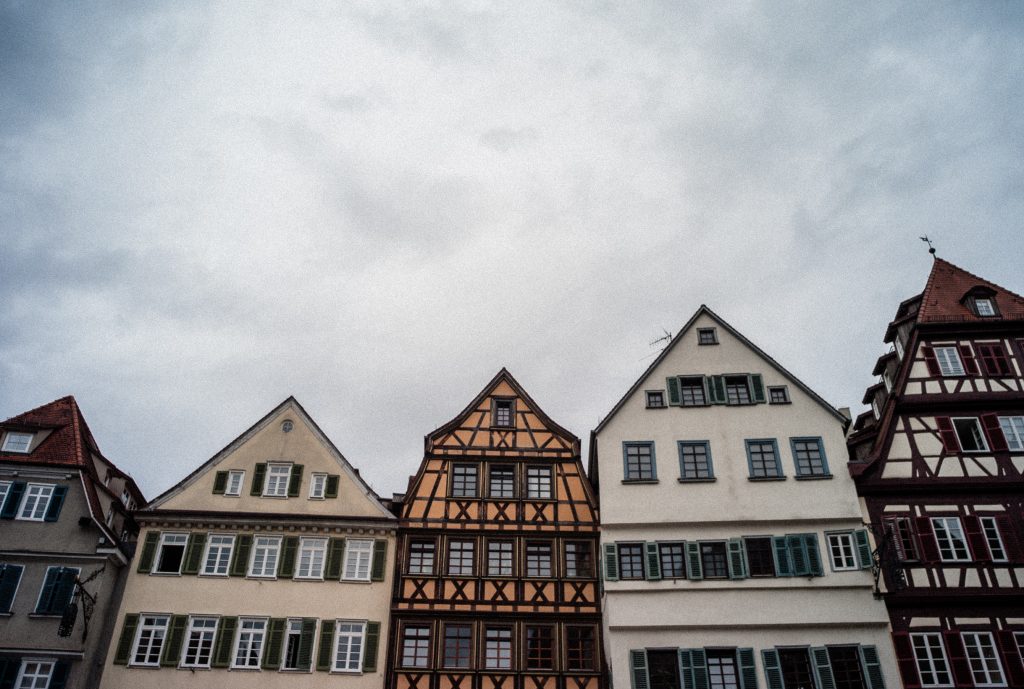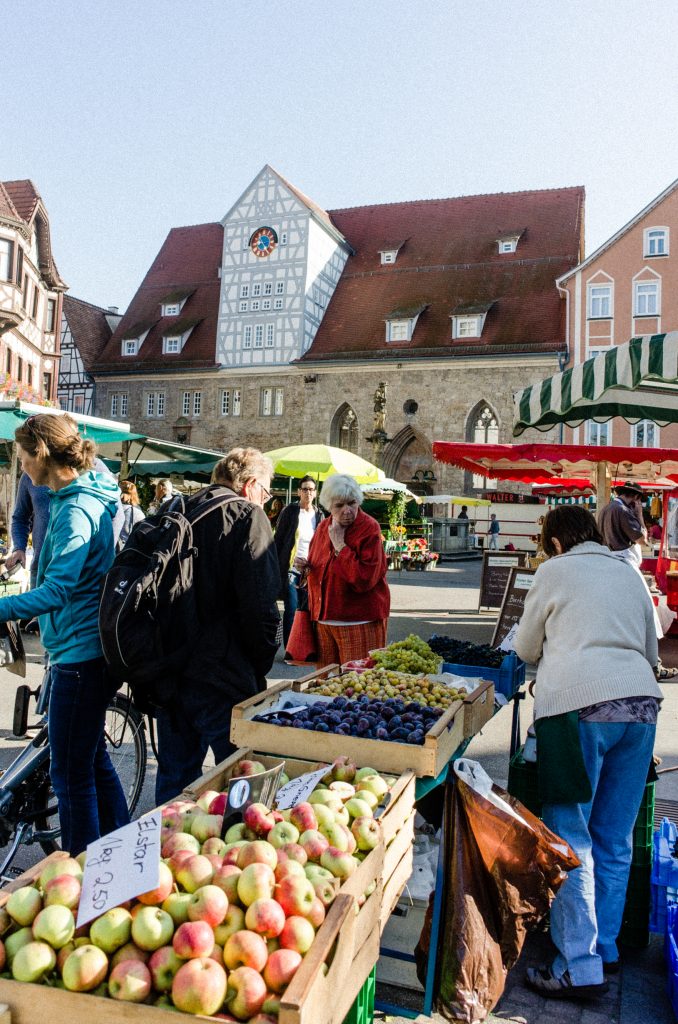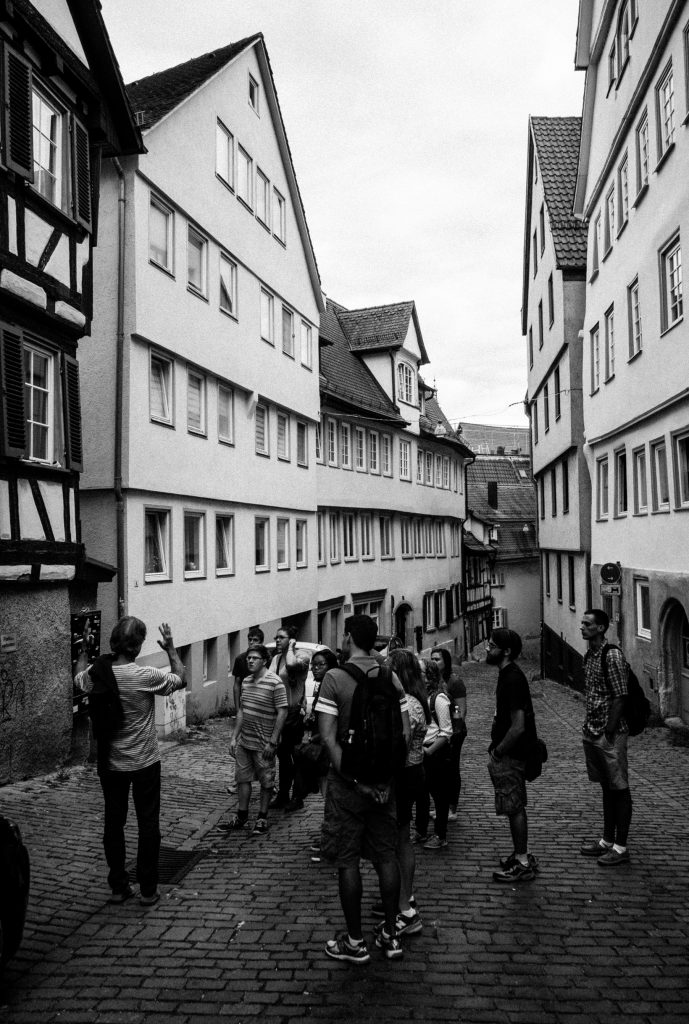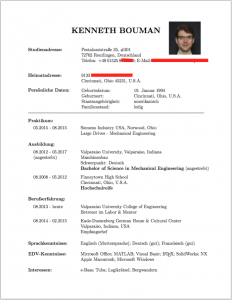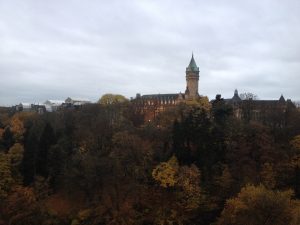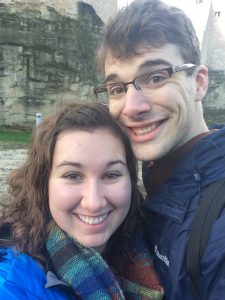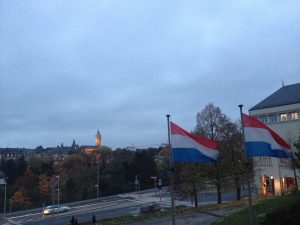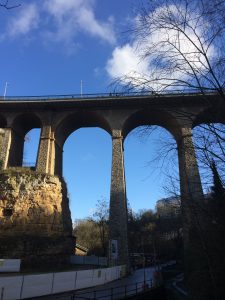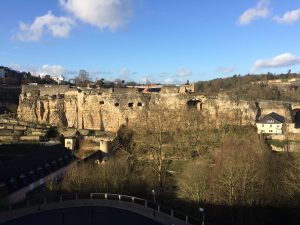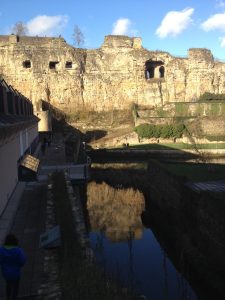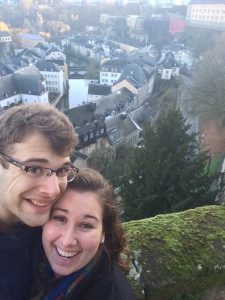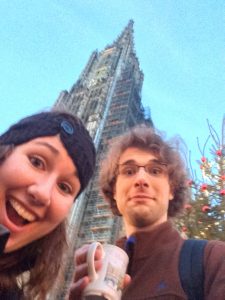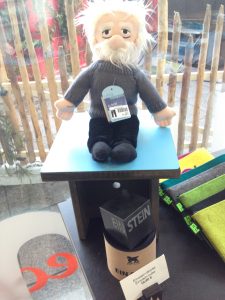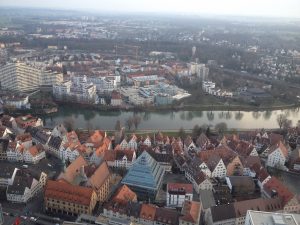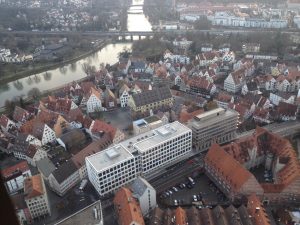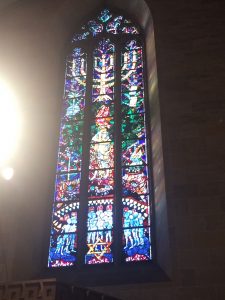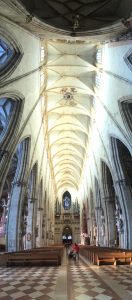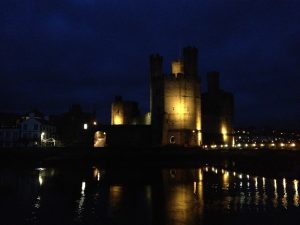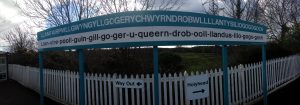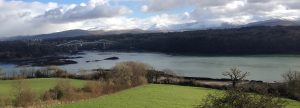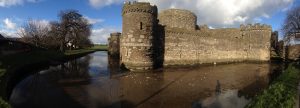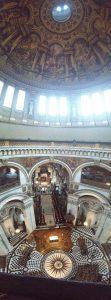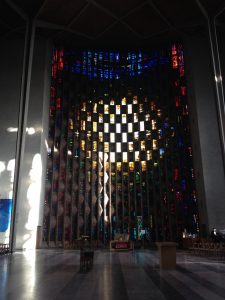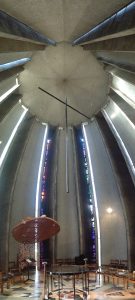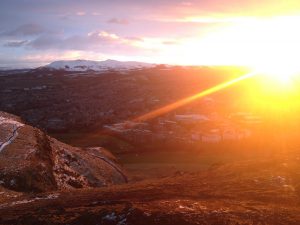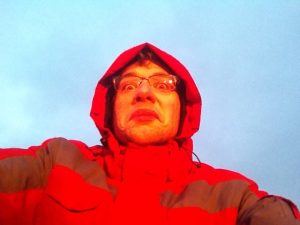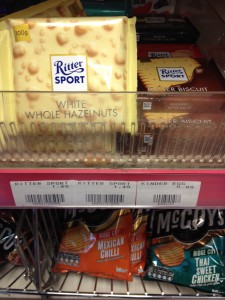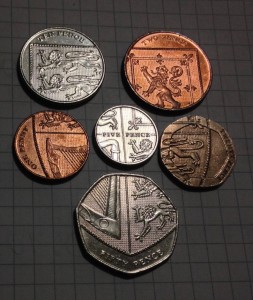“Oh, you’re going to be in Europe? You have to see _______.” –many people to me, prior to my departure.
Many times, this advice is wonderful. Such tidbits have led me and/or my family to discover gems like Hallstatt (Austria), Ulm (Germany), and Bruges (Belgium).
However, there are plenty of duds mixed in with this well-intentioned advice. Here are my recommendations of places you can absolutely skip.
Real quick, one of the quickest ways to judge the value of wherever you travel is the density of selfie sticks. The fewer, the better. This method certainly isn’t 100% foolproof, but it’s a great quick test.
Some clever Germans will refer to the selfie stick as a Deppenszepter – an idiot scepter. I absolutely love this term, and have made it my mission to tell everybody who cares to listen.
So many people recommended the Nürnberg Christmas Market. It’s the largest in the world. Christmas markets are wonderful, so it would make sense that the largest delivers the largest dose of wonderful, right?
My fiancée and I were here on our way to Prague, and spent the afternoon at the market. It was the last Saturday before Christmas, and the crowds were INTENSE. It was nothing short of underwhelming and awful.
Instead of checking out the Nürnberger Weihnachtsmarkt, I would recommend going to Oktoberfest in München to experience the crowds (and the alcohol to take your mind off of them), and then just go to any Christmas market anywhere other than Nürnberg.
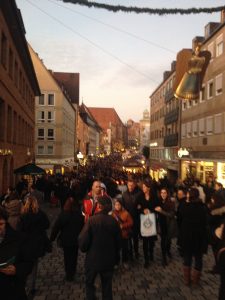
I apologize for the low-quality picture, but it both shows the crowds in Nürnberg and reflects the low-quality time that was to be had there.
A slight redemption came in the form of a choir comprising old Bavarians. They were singing Joy to the World in the most stereotypically German way possible, particularly with regard to their pronunciation. Accents can tend to be masked by singing, but this was not the case here. Some of them were proudly sporting grumpy frowns. Like Rachel and I, they clearly wanted to be elsewhere. No amount of christmas joy or red tacky holiday sweater could have made the guy on the top left smile. While the sight of this particular gentleman did bring us smiles, it did not go very far to redeem the experience.
My German friend Dom told me when I visited him in September something to the effect of “I’ve heard Heidelberg can be beautiful and romantic, but I’ve never been there”. Or something to that effect 🙂
Heidelberg has the looks of a good destination, and it has the tourists and the reputation for being potentially worth the visit. There’s an American Air Force base nearby, so many Americans have Heidelberg on their mind. I received several recommendations from people stateside, as well as from some people I’ve met here. There’s a castle in a great location above the city, with a sweeping view of the valley below.
We got there, and saw a glimpse of the castle ruins on the hillside. So far, so good. We walked the way from the hauptbahnhof towards the ruins to check them out. Hiking up the hill, we came to a ticket booth and gladly paid the fee to get to see the ruins. There were some good outlooks, full of people taking selfies and pictures against a backdrop of the valley underneath.

All three of me took advantage of the scenery in Heidelberg.
We walked inside, and the most notable attractions pointed out by any kind of sign were the exits. There was an apothecary museum and a stupid-large barrel. We skipped the museum, but scraped the bottom of the barrel and investigated the barrel. It was impressively large, but completely inadequately explained. Every sign that referenced the barrel was indicating its location. Nothing discussed its purpose or any significant facts. We walked around further. The only other accessible parts of the castle were outside, so that’s where we went. Looking at the place from the outside, it should have had promise. The ruins looked cool, and had chain-fences – clearly designed for people to be behind. Yet nobody was behind them. Maybe there was a good reason for this, but since this reason wasn’t made clear to us, we’re going to chalk it up to the castle, and the city along with it, as a stupid place to visit.
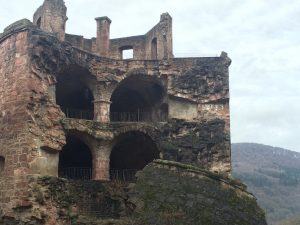
Part of one of the towers looked like it had fallen off. I had to go to Wikipedia to learn that it was for power storage, and was split in an explosion. This would have been great to know at the time the picture was taken.
Take a leaf out of Rick Steves’ travel guides. He excludes Heidelberg, and for good reason. Here’s a list of “good” reasons to visit Heidelberg:
- You’re completing a degree in tourist studies, possibly with a concentration in the Deppenszepter.
- You have a family member or friend who was/is stationed in Heidelberg, and you want to get a sense of their locale.
- You’re thinking about studying at, or are otherwise interested in the university – the oldest in Germany.
In some sense, Dom was right. Heidelberg has everything it needs to look fantastic. Really beautiful postcards of gorgeous ruins in a spectacular landscape. And Rachel and I didn’t have a bad time in Heidelberg – it was a pleasant way to spend our day. However, our enjoyment was largely due to getting to spend time with each other, partly aided by the ease with which we could mock the lack of things to do there.
“Only Americans go to Heidelberg – Germans never do!” admonished Isa, a close German friend, upon our return. “I hope you learned your lesson to ask the locals first next time.”
I’m going to add Dublin to the back of this list, with the warning that my opinions are likely tainted by the fact that I wasn’t feeling so great while I was there.
The whole place smelled like manufacturing or welding, somewhat burnt-metallic and cringe-worthy, which definitely did not help to make me feel better.
I had also assumed that my expectation of ‘people being drunk in the streets’ was a false supposition. It was, unfortunately, an entirely correct supposition. Dublin is a great place for a lively party out in public, which is another way of saying that it’s not that great of a place.
Additionally, I am proud of my German heritage. I’m protestant and reserved and opinionated about the definition of good beer. Admittedly, I went to Dublin because I wanted to check Ireland off my list and because the $15 flight from Birmingham was too good to pass. This is massively unfair to Ireland, and I know that. I do hope to return at some point (especially to the lesser-populated parts of the country), and I hope that I will be feeling better when I’m there.
